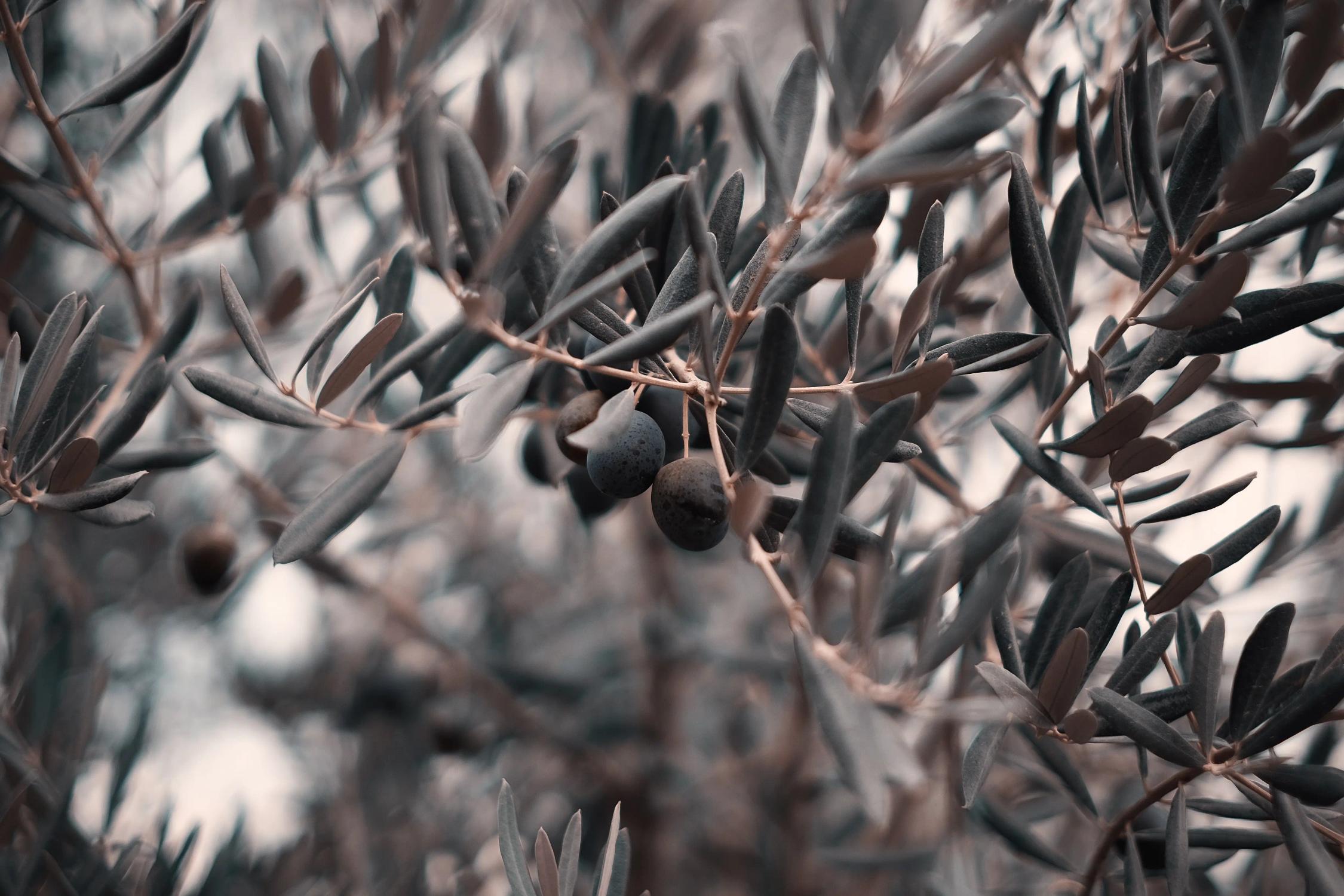
3 Things To Look Out For When Buying Extra Virgin Olive Oil
30 October 2023
Make sure you buy real, legitimate Extra Virgin Olive Oil, there are a lot of fakes in the market. And with these 3 tips you'll be able to spot the difference.
The first and easiest thing to look out for is the bottle. Extra virgin olive oil is sensitive to sunlight and the open air, both will spoil the taste and potentially the health benefits of the oil. For this reason, the bottle should be dark glass or another opaque material.
You'll notice many 'fake', or low quality blends, will come in see-through containers like plastic. The high quality olive oils listed on this site will come with dark glass, or at the very least shipped in a cardboard box to protect it from the sun until it can find its home in your household cupboard.
The second thing to look for is a harvest date. This is a simple check that can ween out a lot of low quality blends right away. It would be impossible to provide a harvest date for some of these blends as they will be using olives from multiple different varieties which will have been harvest on various different dates. A straightforward single harvest date is a good data point that starts to paint the picture of a quality oil.
Cultivar is the last point that says a lot about the quality of an extra virgin olive oil. Cultivar means cultivated-variety, which is just the specific type of olive that is used to create the oil. We find oils with a single cultivar (monocultivars), or two cultivars to be indicative of the best quality. This is because it is achievable to harvest these cultivars using high quality methods at a single origin olive grove. Oils that blend many more cultivars may raise suspicions in terms of quality as gathering that many cultivars using timely and high quality methods comes with a lot more complexity.
Browse our high polyphenol extra virgin olive oils
Browse EVOOsComments
There are 0 comments.